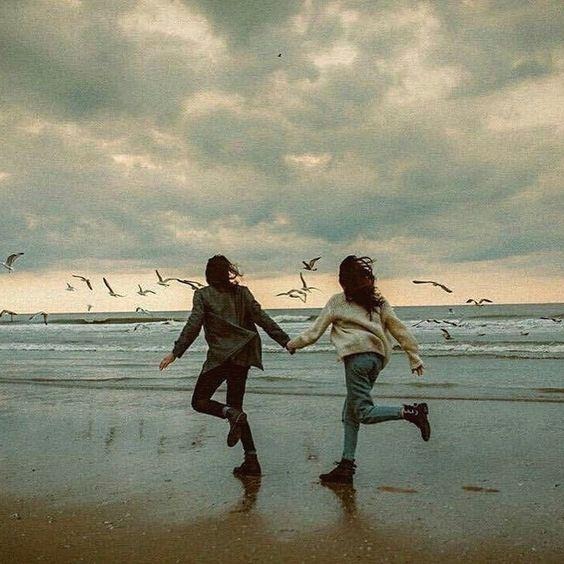
Basket of Sorrento Lemons
27.5 x 39.5"
oil on canvas
2002 |

Peaches, Pears, Plums and Grapes
27.5 x 39.5"
oil on canvas
2003 |

Chrysanthemums & Tin
20 x 32"
oil on canvas
2003 |

The Predator
36 x 38"
oil on canvas
1999 |

Pears & Striped Cloth
14 x 18"
oil on canvas
2000 |

Woman In A Blue Room
34 x 38"
oil on canvas
2001 |

Still Life With Roses
50 x 40.25"
oil on linen
1997 |

Still Life with Chinese Pot
36 x 36"
oil on linen
1994 |

Still Life with Bottle & Tin
20 x 36"
oil on linen
1995 |

Autumn
23 x 30"
oil on linen
1995 |

Still Life With Bowl And Tomatoes
19.75 x 21.75"
oil on linen
1996 |

Grapes, Oranges & Watermelon
19.25 x 19.25"
oil on linen
1996 |

Beans, Mushroom & Bread
19.25 x 19.25"
oil on linen
1996 |

Music Room
38.5 x 42"
oil on canvas
2001 |

The Senses
42 x 50"
oil on canvas
2004-05 |

Cabbages
14 x 22"
oil on linen
1993 |

Glen Summit Still Life
18 x 24"
oil on linen
1998 |

Bowl Of Grapes
14 x 18"
oil on linen
1999 |

Eggs And Drape
25.5 x 20"
oil on canvas
2000 |
Jeanne Duval (b. 1956–) is a
contemporary realist painter whose still life, landscape, and figural
compositions are notable for their rich color, complex arrangements, and highly
polished technique.
Duval reinvents a classical painterly language by employing a post-modernist,
hyperreal sensibility. The staccato rhythms and scale of her compositions—the
arrangements are pushed to the very front of the picture plane while at the same
time receding into deep space—create an unsettling atmosphere of compression and
heightened reality. Duval's "austere yet lavish virtuosity"1 and the
use of Baroque, or Caravaggesque, lighting increases this dramatic tension.
Duval's still lifes draw from Italian Renaissance and Baroque influences such
as Bellini, Caravaggio, and Carracci. Her sensual, intensely detailed
descriptions involve numerous juxtapositions: youth versus age, light versus
shadow, smoothness versus texture, and instability versus quietude. The
resulting tension creates a pictorial situation in which reality and illusion
collide. This interplay between the real and the symbolic is reminiscent of the
work of the 20th-century Italian painter Giorgio de Chirico, an artist who Duval
cites as central to her work.2
A similar conundrum appears in Duval's figure paintings, which, like the work
of Balthus, have a penetrating psychology and unsettled intimacy that is both
direct and ambiguous. The rigorous compositions and intense colors are bold and
assertive, but the enigmatic expressions on the subject's faces betray a deeper,
possibly more unsettled, interior life, forcing the viewer to reconsider what
exactly is being portrayed.
Jeanne Duval's work is held in the permanent collections of the Metropolitan
Museum of Art in New York and the Bayly Art Museum in Charlottesville, Virginia,
among others. She exhibits nationally and has won numerous fellowships and
awards including a National Endowment for the Arts Grant. The artist currently
resides in New York and New Hampshire.




















